Spiddle House
Houses within 15km of this house
Displaying 19 houses.
Houses within 15km of Spiddle House
Displaying 19 houses.
| House name | Description | |
|---|---|---|
| Furbogh House | At the time of Griffith's Valution, Andrew Blake held this property in fee when it was valued at £34. Furbough was demolished in the later twentieth century. The remains of the walled garden are still visible. |
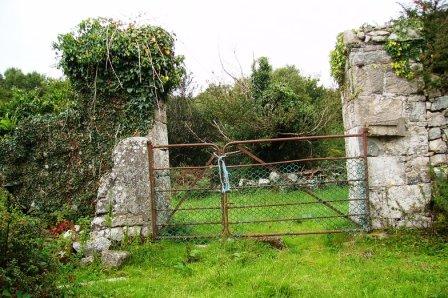
|
| Corcullen/Kirkullen House | The house valued at £21 was vacant at the time of Griffith's Valuation. Michael D. Browne was the immediate lessor. It is shown as a considerably enlarged structure on the 25-inch map of the 1890s. Buildings are still extant at the site. | |
| Manor House [Spiddle House] | The house at this site is named Spiddle House on the 1st edition Ordnance Survey map. A much larger house, labelled Manor House, is shown on the 25-inch map of the 1890s. The house was held in fee by Thomas Bunbury at the time of Griffith's Valuation and was valued at £15. Modern buildings are extant at the site now. | |
| Danesfield | At the time of Griffith's Valuation, George E. Burke was leasing Danesfield to Henry Daly when it was valued at over £23. The house is demolished, however the yard bell holder and the remains of the walled garden are still visible. |
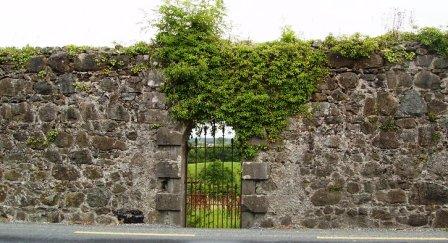
|
| Drimcong | Originally a Lynch home which was sold to the Kilkellys in the early 19th century. Wilson refers to it as the seat of Mr. Lynch in 1786. It was held in fee by James Kilkelly at the time of Griffith's Valuation when it was valued at almost £16. In the late 20th century Drimcong House functioned as a gourmet restaurant, it is now a private residence. |

|
| Knockbane | Occupied by Anthony O'Flaherty at the time of Griffith's Valuation and valued at £33. The house no longer exists but extensive farm buildings are still visible. The property is still owned by descendents of Anthony O'Flaherty. |
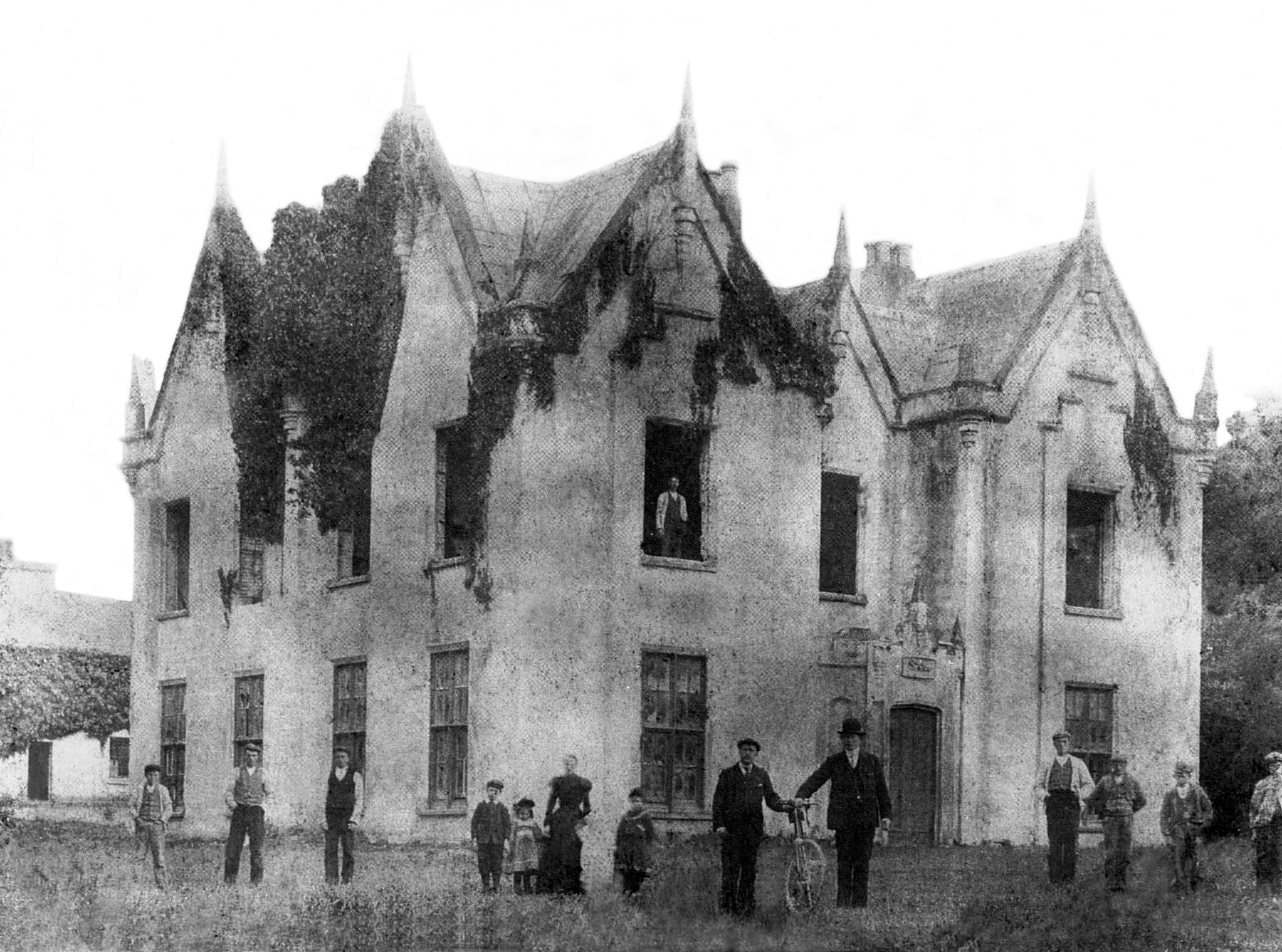
|
| Seamount Lodge | The Clanmorris family had a residence in the Salthill area of Galway at Pollnarooma East parish of Rahoon, leased from Richard Sloper. It was valued at £21 at the time of Griffith's Valuation. A house named Seamount Lodge is marked on the first Ordnance Survey map in this townland. Seamount was the home of Sebastian Nolan of the Ballinderry family in the late 19th century. It was in use as a nursing home in the twentieth century before being demolished to make way for the housing estate of the same name. | |
| Barna | Wilson refers to Barna as the seat of Mr. Lynch in 1786. Nicholas Lynch held this property in fee at the time of Griffith's Valuation,when it was valued at £20. It was the seat of Marcus Lynch in 1894 and the family were still resident in the early 20th century. The house is still extant surrounded by an apartment development. |

|
| Riverview | At the time of Griffith's Valuation held by James Browne in fee and valued at £14. It is described as "in ruins" on the 25-inch Ordnance Survey map of the 1890s. | |
| Woodstock | In 1786 Wilson refers to Woodstock as the seat of R. Shaw. The home of Stephen Blake in 1814, it later became the home of the Comyn family. The house was burnt down in June 1877 and never rebuilt. The family mainly resided in France afterwards. | |
| Rahoon House | In 1786 Wilson refers to Rahoon as the seat of Mr. French. In the early 19th century it was a Bodkin house, occupied by Roderick O'Connor at the time of the first Ordnance survey. It was held in fee by Thomas C. Dickson at the time of Grifith's Valuation and valued at £27. This house was bought by Kennedy O'Brien in the early 1870s and remained in his family's possession until the 1930s. Buildings are still extant at the site. |
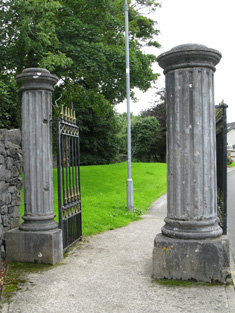
|
| Letter Lodge | Reputed to have been a hunting lodge of the Martins of Ross, this herd's house was occupied by William Poe in the 1850s, who held the property from James O'Hara. David Walsh was the tenant of Letter in 1890. In the late 20th century the home of Richard Ward, wildlife artist and still a private residence. |

|
| Blake's Lodge | Built prior to 1838, this house may have been a sporting lodge or steward's house of the Blakes. At the time of Griffith's Valuation, the townland of over 100 acres was owned by Patrick Blake but no buildings are recorded. It is not labelled on the 25-inch Ordnance Survey map of the 1890s and Robinson writes that only the orchard walls remain. | |
| Cashel House | Built before 1838, this house was the residence of the Blakes of 'Tully' and was occupied by James Blake, nephew and agent, to his uncle Patrick Blake in the mid 19th century. Arthur Blake, succeeded his father at Cashel and lived there until about the 1870s. The Blakes were very unpopular landlords and the house is now in ruins. | |
| Fermoyle Lodge | Built in 1875 by the Berridge family as a shooting lodge. It has since served as a guest accommodation and an art gallery and has been offered for sale on a number of occasions. |

|
| Carrickmore House (Furbo) | A house built on land owned by Andrew Blake at the time of Grifith's Valuation. The National Inventory of Architectural Heritage suggests it was built c.1860. It was renovated in recent times. |
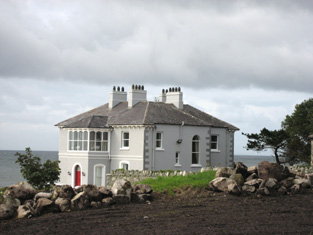
|
| Marino Cottage | This house, labelled Marino Cottage on the First Edition Ordnance Survey map,was vacant at the time of Griffith's Valuation, when it was part of the estate of Andrew Blake. It had a valuation of over £23 at that time. The house no longer exists, having been replaced in the twentieth century by the Connemara Coast Hotel complex. | |
| Kingston House (Galway) | Richard N. Somerville was the owner of over 70 acres in the county of the town of Galway in the 1870s. He was the owner of Kingston House at the time of Griffith's Valuation, when it was valued at £14 and was unoccupied. By the 1890s it was occupied by a religious order. | |
| Albano Cottage | At the time of Griffith's Valuation, Rev. Peter Daly was leasing this property from James Browne when the buildings were valued at £9. It is still extant and occupied. |

